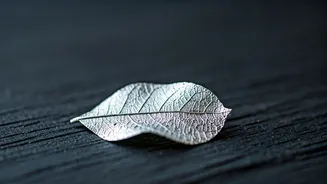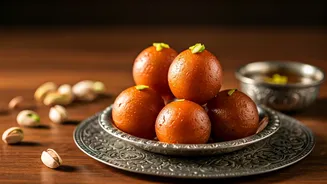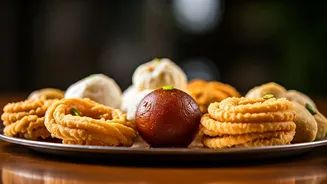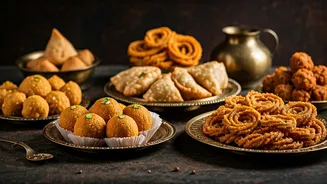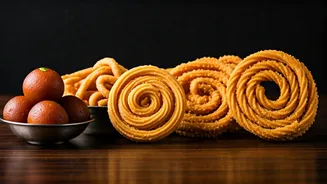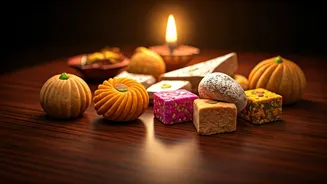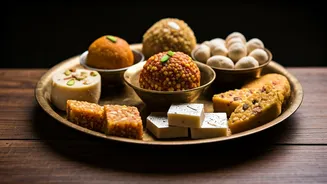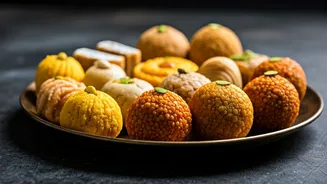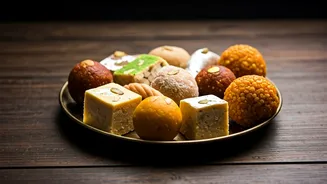Silver Leaf Unveiled
Chandi ka warq, a thin sheet of silver, is a common decoration on Indian sweets and other food items. It adds a festive and luxurious touch to the presentation
of the desserts. The silver leaf is applied to the sweets to make them more attractive to the consumer. The silver leaf has been used for centuries, it is also believed to have some medicinal properties. Consumers and the manufacturers both have been a supporter of the product for a long time. It is important to note that the purity of silver used in chandi ka warq is often high. The manufacturing process of this delicate silver layer involves hammering silver into extremely thin sheets. It is important to know about the manufacturing of silver leaf before making a decision on the safety of the product.
The Production Process
The traditional process of creating chandi ka warq is quite intricate. The silver is hammered between layers of a specific material, often an animal-based product, to achieve the extreme thinness required. The silver is pounded repeatedly until it is extremely thin, almost paper-like. The silver is then separated from the animal-based material. The use of animal-based substances raises questions about the product's suitability for vegetarians, vegans, and those who avoid animal products for religious or ethical reasons. Understanding the manufacturing procedure is therefore important for consumers and manufacturers to make informed decisions.
Animal-Based Concerns
The main concern surrounding chandi ka warq is the use of animal products in its manufacture. Traditionally, the silver is hammered between layers of materials derived from animal sources, such as animal skin. This practice is a major concern for vegetarians, vegans, and individuals adhering to certain religious diets, such as Jainism, where even the smallest trace of animal products is prohibited. The food standards authorities across different regions have the task of ensuring that the methods and the use of materials does not cause harm to the consumers. The product's safety can be determined by the compliance of the regulatory requirements and its label.
Safety Regulations
Food safety regulations in India and other regions oversee the production and sale of edible silver leaf. The Food Safety and Standards Authority of India (FSSAI) sets standards for the purity and safety of chandi ka warq. These standards aim to ensure that the product is safe for consumption and does not contain harmful substances. The food safety agencies usually regulate the source of raw materials, manufacturing practices, and labeling requirements. The quality certifications are also issued and monitored by the governing authorities in the area to provide the assurance of safety to the consumers.
Making Informed Choices
For consumers, it is crucial to stay informed about the ingredients and manufacturing processes of the food products they buy. Checking product labels is the first step, as they should disclose all ingredients. Also, look for certifications or markings from regulatory bodies like the FSSAI to ensure the product meets quality and safety standards. If you are unsure about the source of the silver leaf or the methods used in its production, reach out to the manufacturer directly. This proactive approach helps consumers make informed decisions and choose products aligned with their dietary and ethical preferences. Consumers have the right to know and the manufacturers have the responsibility to tell the truth about their product.
